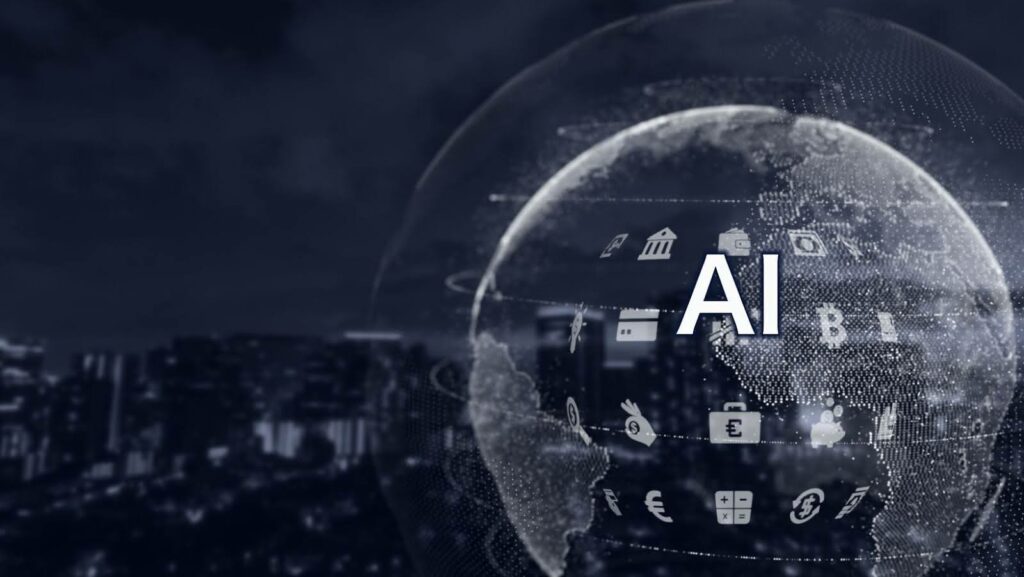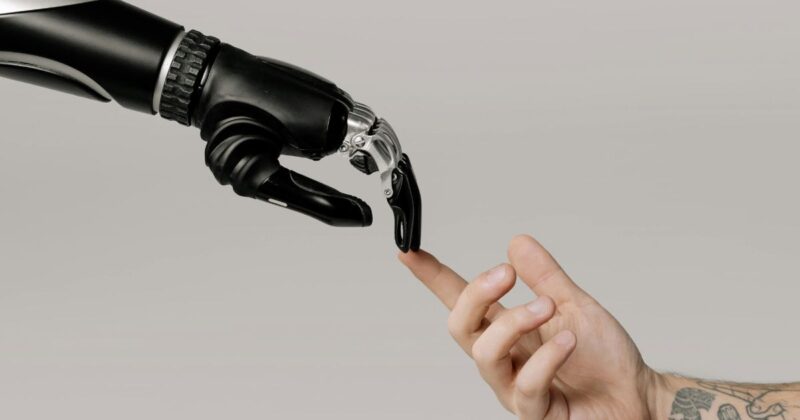
Introduction
In the fast-paced digital age, video programming has become an essential component of our everyday life. The need for high-quality, compelling video content is increasing across a wide range of channels, including YouTube, Instagram, and TikTok, as well as professional presentations and cinematic productions. As technology advances, artificial intelligence (AI) is playing a critical role in changing the video editing scene. This blog delves into future technology developments and AI technologies that are transforming the way we edit videos, making the process more efficient, creative, and accessible.
Traditional Video Editing Process
Before getting into AI’s impact, it’s important to grasp the typical video editing method. Historically, video editing was a time-consuming operation requiring advanced technical abilities and ingenuity. Editors were responsible for manually cutting, splicing, and arranging film, as well as adjusting colours, adding effects, and ensuring smooth transitions. This laborious process could take hours, if not days, to polish even a short film piece.
With the introduction of digital editing software, the process became more streamlined, allowing editors to work more quickly and efficiently. However, these tools needed significant knowledge and time investment. Enter artificial intelligence (AI), a game changer that promises to revolutionize video editing.
Automation for Video Editing
Automation is one of the most significant artificial intelligence developments in video editing. AI systems can now analyze video material and carry out basic editing operations automatically. These duties include cutting clips, fixing colour balance, altering audio levels, and even picking the best photos based on predetermined criteria. The ability to automate these common operations saves time while also lowering the risk of human error.
For example, AI can recognize and delete undesirable video segments, such as pauses or stutters in speech. It may also identify crucial events and highlights, allowing editors to create a more appealing narrative. By managing these monotonous duties, AI enables creators to concentrate on the creative aspects of their job, improving the overall quality of the finished result.
Intelligent Content Recognition
The ability of AI to recognise and analyse content is another game-changing innovation in video editing. Machine learning and computer vision can detect objects, faces, and even emotions in video data. This feature has a wide range of applications, including more personalised content and improved security measures.

For example, AI can analyse a film and tag specific objects or scenes, allowing editors to easily locate and change specific components. This technique is especially beneficial for large-scale productions like movies and documentaries, where maintaining massive footage can be difficult. Furthermore, content identification enables more advanced editing techniques, such as automatically masking faces for privacy or highlighting specific objects for emphasis.
Enhanced Creativity through AI
Far from suffocating creativity, AI fosters it by providing new tools and opportunities for video creators. AI-powered software can make suggestions for edits, effects, and transitions depending on the video’s content and style. These tips can encourage editors to experiment with new techniques and take alternative creative routes.
Furthermore, AI may provide effects and animations that are difficult or impossible to create manually. For example, deepfake technology enables editors to superimpose a person’s face onto another body with astounding realism. While this technology presents ethical concerns, it also expands the potential for visual narrative and extraordinary effects. AI may also generate realistic simulations and environments, resulting in more engaging and visually appealing material.
Real-Time Editing and Collaboration
Artificial intelligence also enables real-time video editing and collaboration. Multiple editors can collaborate on a project at the same time using cloud-based AI tools, regardless of where they are physically. This is especially useful in today’s globalised society, when remote employment is becoming more prevalent.
Furthermore, AI can provide real-time feedback and suggestions during the editing process.
For example, an AI system may analyze a film and offer changes to improve its overall quality or ways to increase user engagement. This quick feedback loop can considerably accelerate the editing process, resulting in a more polished final product.
Personalized and Interactive Videos
Personalisation is a major trend in digital material, and AI is at the forefront of enabling it. AI systems may analyse user data and personalise video material to their specific likes and behaviours. This can include everything from recommending specific videos to dynamically modifying the material to better suit the viewer’s preferences.
Interactive films, which allow viewers to choose multiple pathways or outcomes, are also becoming popular. AI can make this easier by seamlessly combining different video portions based on viewer preferences. This kind of interactivity not only engages viewers, but also provides useful information about their preferences and behaviours.
AI Edit Video: A Practical Example
Let’s look at a practical example to demonstrate the capabilities of AI in video editing. Assume you have hours of raw video from a travel vlog. Manually editing this footage would be time-consuming. However, AI edit video solutions allow you to automate much of the operation.
AI can go through the material, select the most intriguing sequences, and provide a rough cut. It can adjust colour balance and stabilise shaky footage. If there are any portions with background noise, AI can filter them out, resulting in crisper audio. Furthermore, AI can recommend transitions and effects that correspond to the tone and style of your film, making the editing process easier and faster.
The Future of AI in Video Editing
As AI technology advances, its impact on video editing will only increase. Here are some future trends and technologies to look for:
Deep Learning and Neural Networks: These technologies will enable even more advanced content detection and editing capabilities, resulting in highly personalized and targeted video content.
Augmented Reality (AR) and Virtual Reality (VR): Artificial intelligence (AI) will play an important role in creating immersive AR and VR experiences. This includes developing realistic virtual environments and facilitating seamless interactions within them.
Voice & Speech Recognition: AI-powered voice recognition will make it easier to transcribe and edit spoken text. This will be very handy when making captions and subtitles, as well as voice-over work.

Emotion and Sentiment Analysis: By analysing facial expressions and vocal tones, AI can determine the emotional impact of a video and recommend adjustments to improve its emotional appeal.
Advanced Special Effects: Artificial intelligence will continue to push the boundaries of special effects, allowing for more realistic and innovative visual experiences.
Challenges and Considerations
While AI has enormous potential in video editing, it does not come without obstacles. One key worry is the ethics of AI-generated content. Deepfake technology, for example, has the potential to generate deceptive or destructive information. The industry must develop ethical norms and policies to ensure that AI is used ethically.
Additionally, there is the issue of employment displacement. As AI takes over more areas of video editing, human editors may be marginalised. However, rather than completely replacing human creativity, AI is more likely to function as a tool to augment it. By integrating AI, editors can improve their skills and capacities, resulting in more original and interesting content.
Conclusion
The improvements in AI technology will undoubtedly have an impact on the future of video editing. AI video editing apps are revolutionizing the way we make and consume video content by automating routine activities and enabling new levels of creativity. As we continue to investigate and improve these technologies, the opportunities for innovation are limitless. By remaining up to date on these developments and embracing AI’s possibilities, video editors may remain at the forefront of this exciting and ever-changing field.









